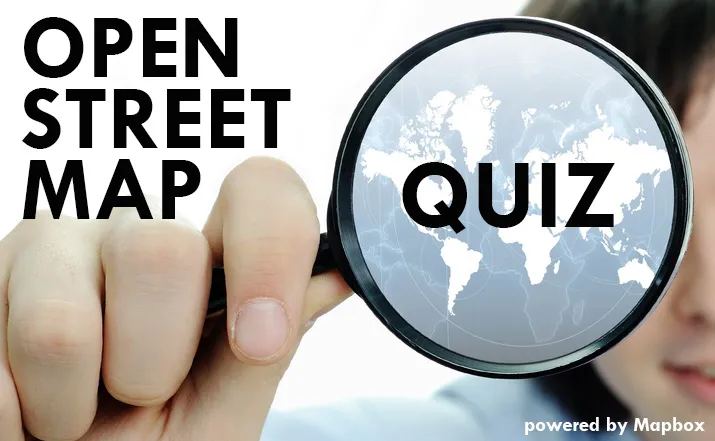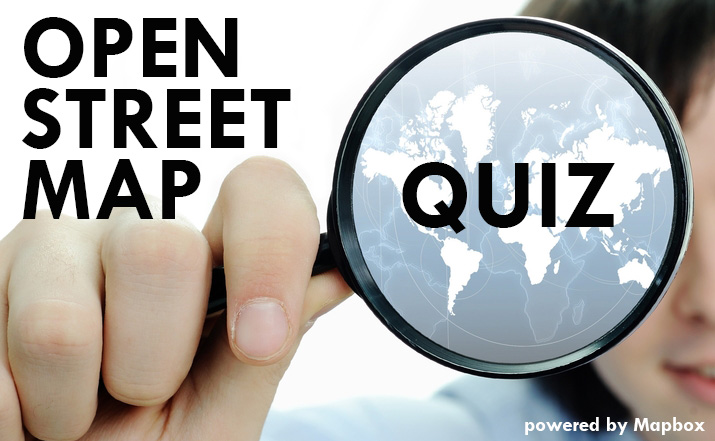
#Featured
#Fun
#GeoawesomeQuiz – The OpenStreetMap Quiz
OpenStreetMap has changed the way we use and think about maps. It gathered a huge community of dedicated contributors. It help organisations around the world to add a spatial layer to their activities. It allowed to save thousands of lives during humanitarian crises.
Due to these and many other reasons we have partnered with Mapbox to start a series about OSM and its phenomena. We are starting with a OpenStreetMap knowledge quiz. Let’s check how much do you know about it.
HOW MUCH DO YOU KNOW ABOUT OPENSTREETMAP?
[viralQuiz id=37 columns=2]


#Featured
#Featured
Celebrating 20 Years of Google Earth
#Featured
#Fun
#Insights
#News
#Startups
Global Top 100 Geospatial Companies – 2025 Edition



